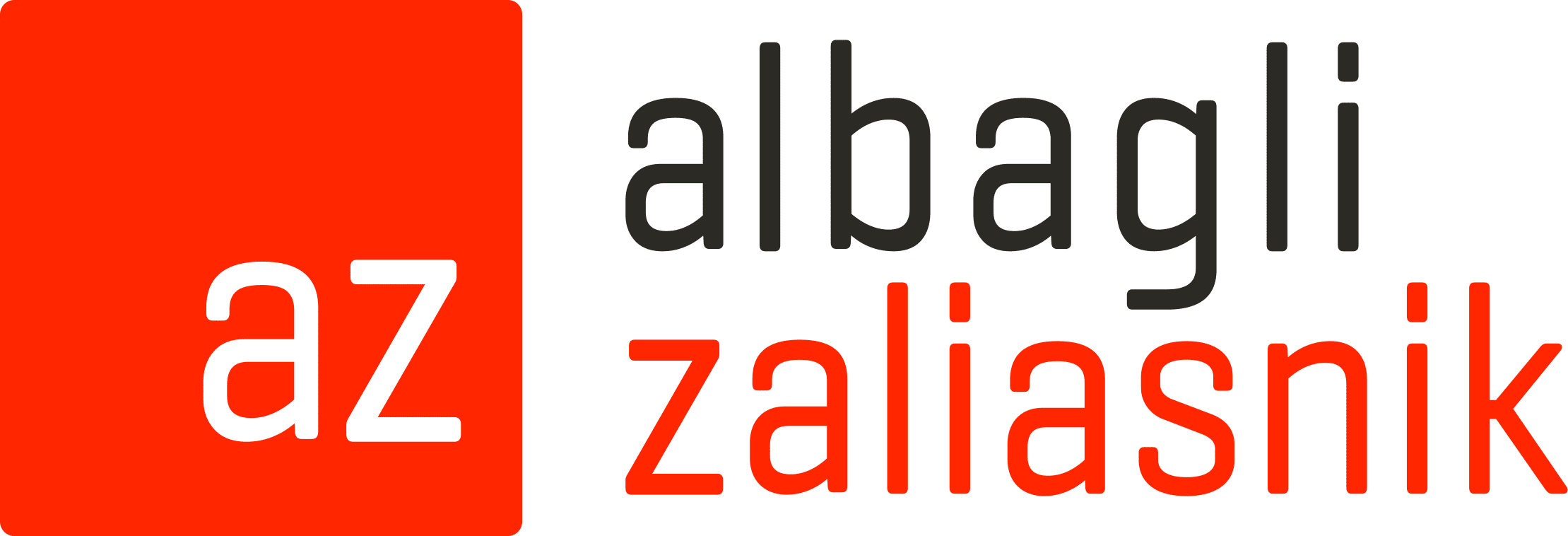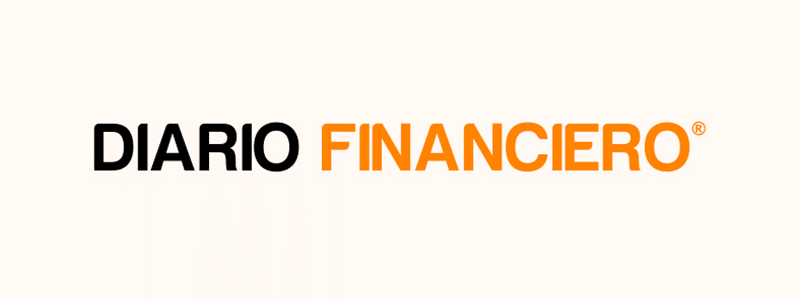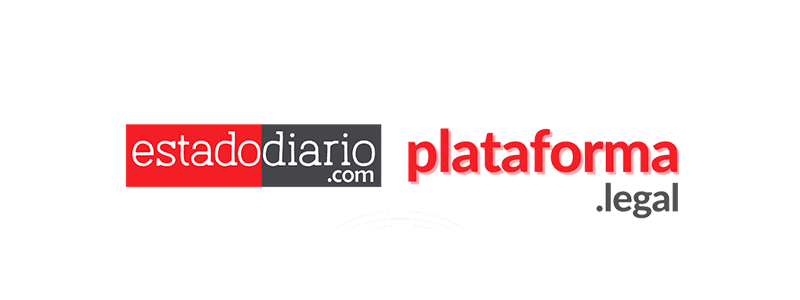We invite you to read the column written by our senior associate at IP Group, Tech and Data, Antonia Nudman, on the coexistence of the Internet and intellectual property.
The Internet has democratized the creation of content as never before in our history. Technology has advanced to the extent that any of us can, even through our phones, compose music, design, record a podcast or even materialize audiovisual creations.
In this context, while we continue to defend concepts such as “inclusion” or “access”, we rarely stop to think about the legal framework behind them. We continue to copy, paste, forward and create content, leaving aside the copyrights involved.
The freedom and democratization of content clashes directly with a regulatory framework that was born and structured to protect the creations of the human intellect developed in a non-virtual environment, where physical media and manual systems were necessary. Thus, the need for the publisher for publication purposes or the gallery for exhibition purposes were indispensable. Today, in an environment marked by immediacy and constant replication, the line separating fair use from infringement is not only blurred, but rapidly shifting.
Law No. 17,336 on Intellectual Property in Chile was enacted on October 2, 1970, that is, 55 years ago. This law regulates copyrights, related rights and other matters related to the protection of intellectual works. Since its enactment, it has been amended several times, especially to adapt to international treaties such as the Berne Convention and WIPO treaties, as well as to incorporate regulations on digital media, but is it enough?
Today more than ever, regulatory compliance must go hand in hand with technological reality and innovation. The paradox is clear: the Internet has taught us the value of sharing, transforming and creating community, but at the same time, it is not a reality contained in current regulations, but is often subject to the interpretation of a judge.
Specifically, we are still waiting for legal frameworks that refer to the works created with generative AI and the ownership of copyright on them, what percentage is required for the ownership to be rooted? On the other hand, platforms such as Instagram, YouTube among others, are assigned the role of deciding conflicts without distinguishing between plagiarism or parody, applying automatic sanctions.
The challenge is to find ways to protect creation, while recognizing the new methodologies that exist for this purpose. Internet Day -to be celebrated this May 17- is a good opportunity to remind us that sharing requires clear rules and that, at the same time, those rules must be in line with the digital and technological reality.
Column written by:
Antonia Nudman | Senior Associate IP, Tech and Data Group | anudman@az.cl
Check out the press appearances:
Source: Portal Innova, May 16. [See here].
Source: Zoom Tecnológico, May 16. [See here].
Source: Inversor Latam, May 19. [See here].




